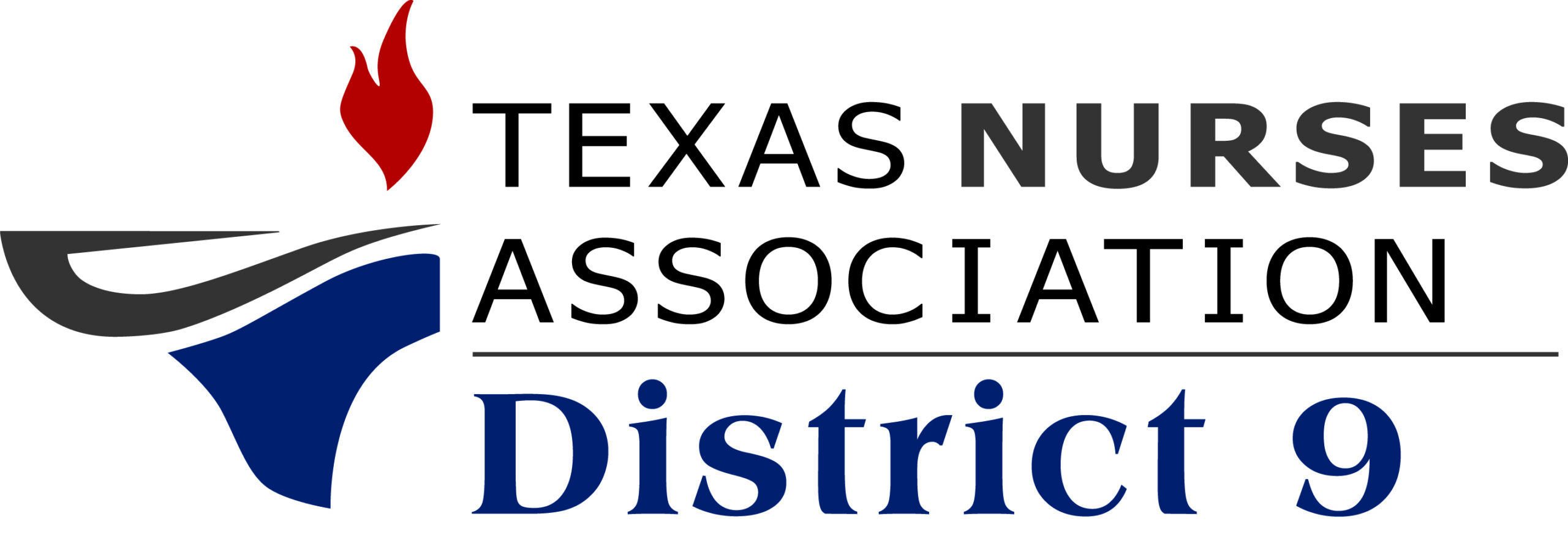HISTORY OF THE TEXAS NURSES ASSOCIATION DISTRICT 9
1887 1st recorded history of “professional” nursing which has been said is that provided by the Sisters of Charity at the Incarnate Word who came to Houston in 1887, to establish St. Joseph’s Infirmary.
1896 Nurses Associated Alumnae of the United States & Canada organized. Name changed to Nurses Associated Alumnae of the United States.
1907 Graduate Nurses’ Association of the State of Texas organized in Fort Worth, Texas.
1908 National Association of Colored Graduate Nurses founded.
1909 Texas was accepted for membership in the Nurses Associated Almnae.
1911 Nurses Associated Alumnae of United States changed its name to American Nurses Association, with basis of membership changed from Alumnae Associations to State Nurses Associations.
1916 Houston unit of Texas Nurses Association organized as the Harris County Registered Nurses Association.
1935 A district office was opened in the Medical Arts Building. It was the 1st district office in Texas. District 9 covered 14 counties (currently 8 counties).
1964 The Texas Graduate Nurses Association changed its name to the Texas Nurses Association.
History
- In 1907, a group of 19 Texas nurses met in Fort Worth to create the Texas Graduate Nurses’ Association, an organization seeking state regulation of the practice and education of nursing.
- The newly formed organization started by proposing a bill to the Texas Legislature to create a state registration for nurses. Passed in 1909 — before women could even vote — this bill created the Board of Nurse Examiners for the State of Texas, and was, in essence, the first nursing practice act.
- In 1913, TGNA successfully raised standards for nursing schools, including an eight-hour day for students, three-year courses in all schools of nursing, elevated entrance requirements, uniform curriculum, and better preparation for teaching and supervision.
- By 1964, the TGNA was renamed the Texas Nurses Association. A few years later, TNA helped create a true Nursing Practice Act. In the following years, TNA successfully lobbied to add a definition of nursing practice, whistle-blower protection, peer review and more to the NPA.
- In the 1970s and ‘80s, three major social and economic movements affected the direction of the association: the women’s movement, the growth of health care as a major United States industry,
and recognition of higher education as a measure of professional value. TNA followed the national trend and focused on setting educational requirements for beginning nurses. - TNA has continued focusing on education but has also addressed workplace advocacy including whistleblower and patient advocacy protections, safe patient handling, workplace violence prevention and on patient safety through
advocating for safe staffing, peer review, and addressing the nursing shortage by encouraging funding for the Nursing Workforce Shortage and Faculty Loan Repayment programs.
